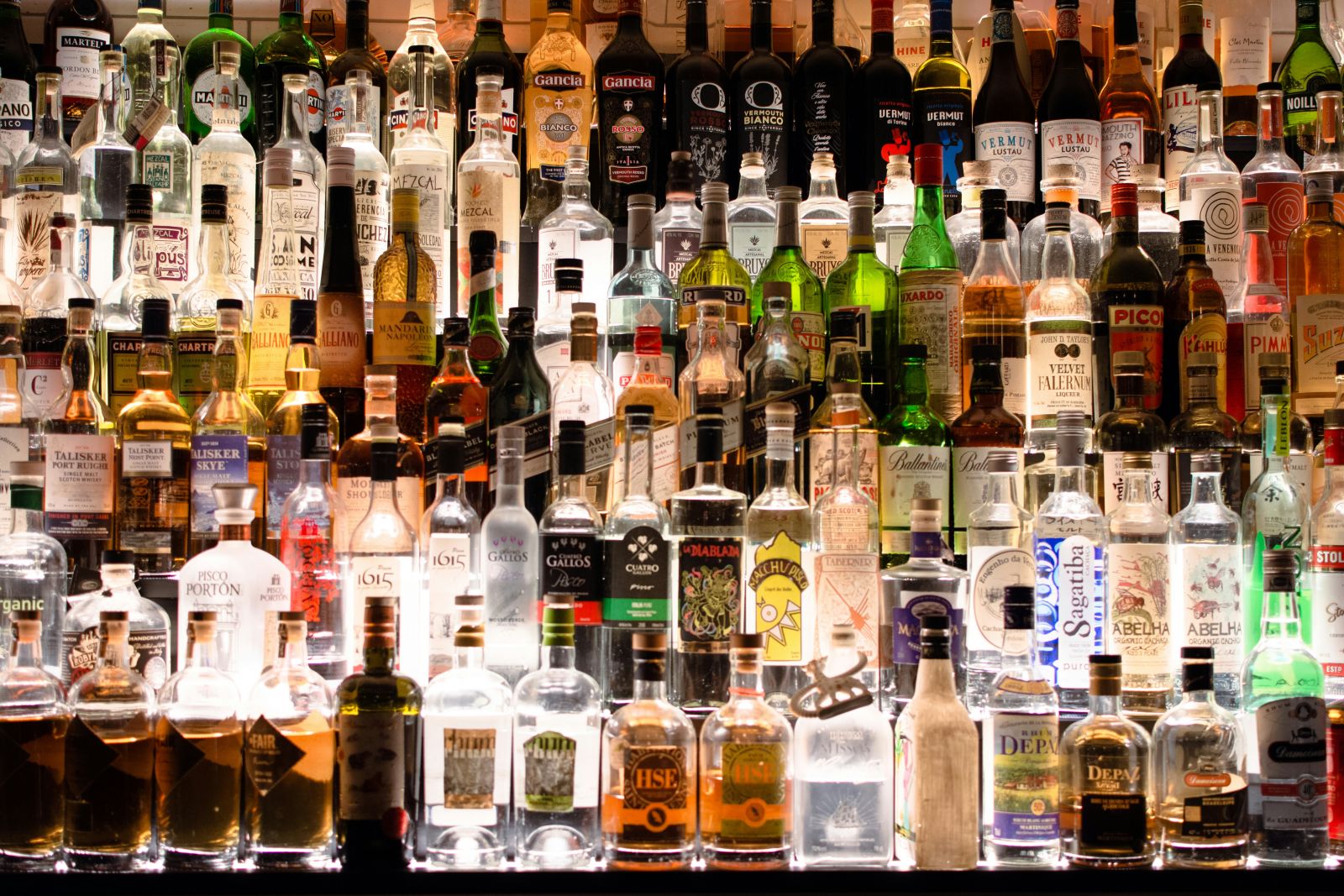
It's Wednesday, which means I'll be talking about stocks hitting 52-week highs and lows in yesterday’s trading. One that caught my eye is Duckhorn Portfolio (NAPA), the California-based winemaker whose brands include Duckhorn Vineyards, Goldeneye, Sonoma-Cutrer, and many others.
Yesterday, it hit its 35th 52-week low of the past 12 months. Its shares are down 36% year-to-date and 49% over the past year. Worse still, its market cap has lost two-thirds of its value over the past five years.
Anyone who follows the alcohol beverage industry knows that it's suffering from a seemingly unending hangover from the unsustainable sales experienced during Covid. That issue is seemingly across the board, whether we’re talking about wine, spirits, or even beer.
While there is no “alcohol beverage” ETF per se, the actively managed Advisor Shares Vice ETF (VICE) holds three alcohol beverage stocks -- Molson Coors (TAP) at 3.87%, Boston Beer (SAM) at 1.50%, and Duckhorn at 1.44% -- and all of them are down by varying degrees in 2024.
Aggressive investors ought to at least examine NAPA stock. It can’t stay this way forever.
It’s a Value Play
The company reported Q3 2024 results in early June. Its net sales were $92.5 million, 1.4% higher than a year earlier, with a gross margin of 55.6%, 20 basis points higher than Q3 2023. Further down the income statement, its adjusted EBITDA was $37.7 million, 5.3% higher than a year earlier, with an adjusted EBITDA margin of 40.8%, 150 basis points higher than Q3 2024.
“While top line results were impacted by the softer wine market, our ongoing commitment to operational excellence enabled us to maintain strong performance in the third quarter, with an adjusted EBITDA margin of 40.8%,” stated CEO Deirdre Mahlan.
“As we approach the end of the year, we are making substantial progress with the integration of Sonoma-Cutrer, capturing higher than expected cost synergies, and significantly advancing our Route-to-Consumer realignment, which we announced in late May.”
Duckhorn paid $400 million in cash and stock to acquire Sonoma-Cutrer from Brown-Forman (BF.B) in May. Sonoma-Cutrer is best known for its Chardonnay wines, which sell between $20 and $50 a bottle. It is one of the fastest-growing luxury Chardonnay brands in the U.S. It generated $84 million in annual sales through July 31, 2023.
As a result of the acquisition, Brown-Forman owns 21.5% of Duckhorn, providing investors with some comfort knowing the maker of Jack Daniels has a vested interest in Duckhorn’s future success.
Brown-Forman is the second-largest shareholder behind private equity firm TSG Consumer Partners, who own 42.0%. Brown-Forman has two executives serving on Duckhorn’s board.
Circling back to the value play argument, the company went public in October 2021, with TSG selling 12 million shares to the public at $21.50 a share. Duckhorn’s shares are down 70% since its IPO.
Yet, its trailing 12-month sales and EBITDA through April 30 are higher than they were in fiscal 2021 (July year-end), just two months before its IPO. Despite the meltdown in its stock, its total debt of $323 million, or 33% of its market cap. Further, its total debt is just 2.4x its trailing 12-month EBITDA of $132 million.
Lastly, its current enterprise value of $1.27 billion is just 9.84x EBITDA. When it went public it was 27.3x EBITDA. By comparison, Brown-Forman’s enterprise value is 18.4x EBITDA.
Now, the maker of Jack Daniels deserves a higher multiple than Duckhorn, but certainly not double. If we split the difference, the multiple of 14.1x EBITDA gives Duckhorn an enterprise value of $1.86 billion, about 47% higher than its current valuation, putting the fair value for its shares at $9.59.
It’s a value play.
It’s a Value Trap
The biggest argument against buying Duckhorn stock is that its enterprise value is 3.2x sales. According to S&P Global Market Intelligence, of the 10 stocks it uses for a comparison --- Brown-Forman and (STZ) are two of them -- the median multiple is 2.5x with Brown-Forman the highest at 5.7x and Constellation Brands at 5.5x.
However, if you look at other trading multiples, Duckhorn is cheaper than the median for these metrics. Perhaps you could argue that all stocks in the comparison should be U.S.-listed to make it an apples-to-apples comparison—only two are in BF.B and STZ—but each of the 10 names participates meaningfully in the wine industry, so it will do.
According to MarketWatch, four of the eight analysts who cover Duckhorn rate it a Buy, three a Hold, and one an Underweight or Moderate Sell, with a target price of $9.50.
So, even though some of the analysts are sitting on the fence regarding Buy ratings, the lowest target price is $7.00, higher than where it’s currently trading.
While it might not be your cup of tea, I don’t think you can label Duckhorn a value trap, given it has no problem making money each quarter.
Looking at Duckhorn’s options activity yesterday, the Feb. 21/2025 $7.50 call is an interesting play. Based on an ask price of $0.65, it’s a down payment of 8.7%, and you have 198 days for it to reach $8.15.
At current prices, most of the damage has been done.
On the date of publication, Will Ashworth did not have (either directly or indirectly) positions in any of the securities mentioned in this article. All information and data in this article is solely for informational purposes. For more information please view the Barchart Disclosure Policy here.






